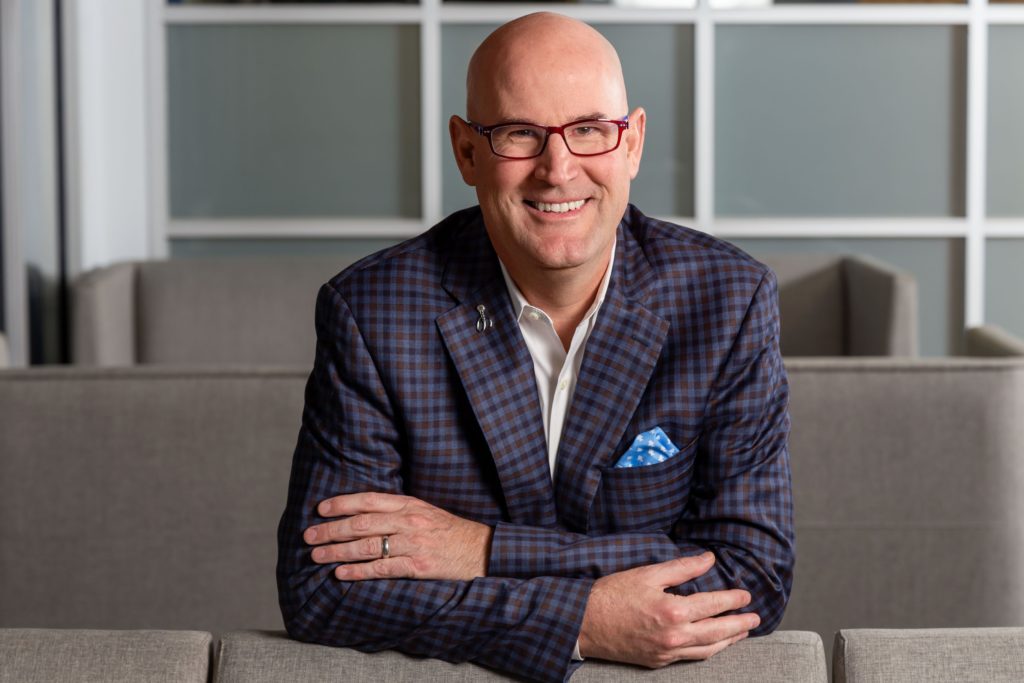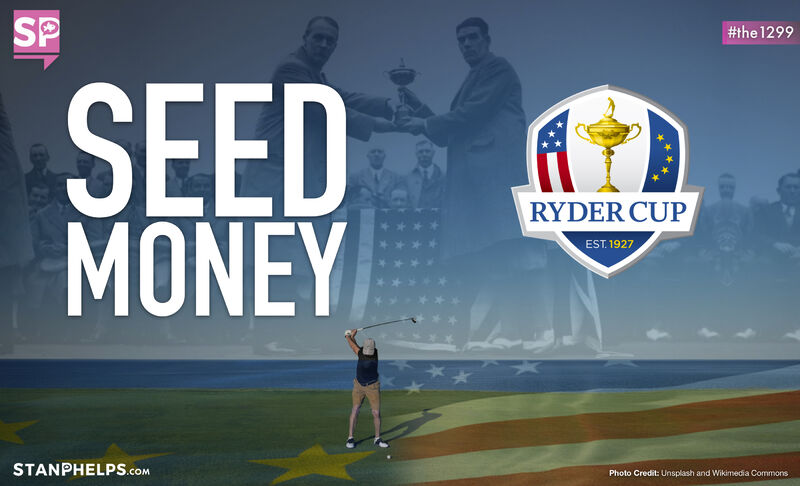A 50-year-old named Samuel experienced a period of ill health in 1908. A preacher at Trinity Congregational Church in St. Albans suggested that he take up golf as a way to get more fresh air.
He grabbed a club and quickly became hooked. Soon he was a single-figure handicap golfer.
Over the next two decades, he would begin to sponsor both players and tournaments.
One of those tournaments in 1926 was an informal match was held at Wentworth. It pitted a team of professionals from Great Britain against the US.
It would become the impetus for the first “official” match for the Ryder Cup, staged at Worcester Country Club in Massachusetts the following year.
Samuel Ryder donated the gold trophy for the event. It was manufactured by Mappin & Webb. at a cost of nearly £300 pounds. That’s the equivalent of over $25,000 today. That’s some seed money. In this case, it literally was.
Samuel was a pioneer in business. He made his fortune by selling packets of seeds through the mail. He differentiated via low cost and quick shipping. The packets were priced at one penny each.
Back to the Ryder Cup. It is a study in differentiation:
– Golf is an individual sport, the Ryder Cup is a team competition.
– Professionals play for big prize money, Ryder Cup participants receive no prize money.
– Golf tournaments are played annually, the Ryder Cup is played only every two years.
– Golf is stroke play and won by the lowest score, the Ryder Cup is a series of 28 match play events.
– You win or lose in golf, whereas you can tie in the Ryder Cup.
– Tournaments are usually played on the same course or the same country, the Ryder Cup alternates between the US and Europe.
– Tournaments are played over four days, the Ryder Cup in three.
Back to Samuel. He was able to see the first two home matches of the competition before he passed. It must have been a thrill for the Englishman to present the cup that bore his name to Britain’s successful captain George Duncan in 1929.
I had tickets to go to the Ryder Cup 20 years ago. Due to 9/11, it never happened that year.
Fortunately, I was able to attend the following year. I’ve been blessed to go to many sporting events in my 52 trips around the sun. And even though the US lost in 2002 at The Belfry Hotel & Resort, it ranks as one of the very best experiences of my life. Hat tip to my Aussie mate Ross Shaw who joined me in 2002 and to good friend and fellow speaker Mike Mooney who is currently up in Whistling Straits for the weekend.
Follow me on Twitter or LinkedIn.

Stan Phelps walks the walk. He stands out in the sea of sameness by modeling his own Differentiated Experience (DX) message: Differentiation isn’t just about what you say, it’s about what you do and, more importantly, how and why you do it. Stan leverages his unique collection of 5,000+ case studies on customer, employee, and brand experience to engage audiences with informative learning-based experiences. He believes purposeful DX wins the hearts of employees and customers, and differentiation ultimately boosts loyalty, retention, referrals, and results.
Find Stan’s in-person and virtual keynotes, workshops, and Goldfish tank programs at StanPhelps.com.

